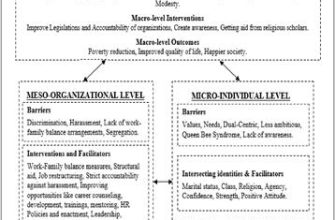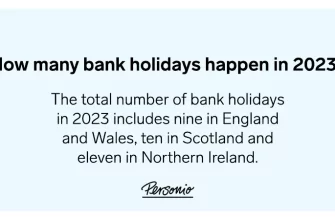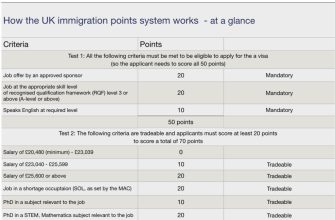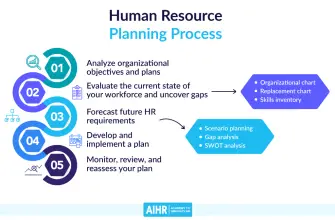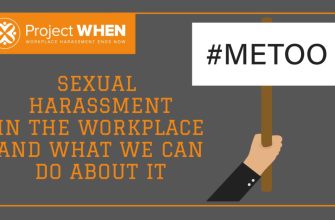In the modern business world, protecting sensitive information is paramount. One of the most effective ways to ensure this protection is through the use of a Non-Disclosure Agreement (NDA). An NDA, also known as a confidentiality agreement, is a legally binding contract that establishes a confidential relationship between parties. In the context of employment, an NDA is often used to protect proprietary information, trade secrets, and other confidential business information from being disclosed by employees to outside parties. However, the process of drafting, implementing, and enforcing an NDA can be complex and fraught with legal pitfalls. This comprehensive guide will provide an overview of the key aspects of ensuring legality and confidentiality in employee NDAs.
Understanding the Basics of an NDA
An NDA, or non-disclosure agreement, is a contract that prohibits an individual or entity from sharing confidential information. In the employment context, an NDA is often used to prevent employees from disclosing sensitive business information to competitors or the public. The NDA employer employee relationship is crucial in maintaining the integrity of a company’s proprietary information.
There are several key components to an NDA, including:
- The definition of what is considered confidential information
- The obligations of the receiving party
- The duration of the agreement
- The consequences for breaching the agreement
It’s important to note that not all NDAs are enforceable. For an NDA to be legally binding, it must be reasonable in scope and duration, and it must protect legitimate business interests.
Confidentiality Clause in Employment Contract
A confidentiality clause in an employment contract is a provision that prohibits employees from disclosing confidential information. This clause is often included in the employment contracts of employees who have access to sensitive business information. The confidentiality clause is a critical component of the employee and employer confidentiality agreement.
When drafting a confidentiality clause, it’s important to clearly define what constitutes confidential information. This can include trade secrets, customer lists, marketing strategies, and other proprietary information. The clause should also specify the consequences for breaching the agreement.
Employee Refuses to Sign Confidentiality Agreement
There may be instances where an employee refuses to sign a confidentiality agreement. This can present a challenge for employers, as it can potentially expose the company to the risk of confidential information being disclosed. In such cases, it’s important for employers to communicate the importance of the agreement and the potential consequences of not signing it.
If an employee still refuses to sign, the employer may need to consider other options, such as reassigning the employee to a role that does not involve access to confidential information, or in some cases, termination of employment. However, these actions should be taken with caution and in consultation with a legal professional to avoid potential legal issues.
What Happens If You Break an NDA?
Breaking an NDA, or non-disclosure agreement, can have serious consequences. If an employee is found to have breached their NDA, they may be subject to legal action by their employer. This can result in financial penalties, and in some cases, criminal charges.
However, there are certain circumstances when you can break an NDA. For example, if the agreement is found to be overly broad or unreasonable, it may not be enforceable. Additionally, an NDA cannot prevent an employee from reporting illegal activity to the authorities.
Human Resources Confidentiality Agreement
A human resources confidentiality agreement, or HR confidentiality agreement, is a type of NDA that is specifically designed for HR professionals. Given the nature of their work, HR professionals often have access to sensitive employee information, such as salary details, performance evaluations, and personal information. An HR employee confidentiality agreement helps to ensure that this information is kept confidential.
Sample of Non-Disclosure Agreement Between Employer and Employee
When drafting an NDA, it’s important to ensure that the agreement is clear, concise, and legally enforceable. Here is a basic example of what an NDA might look like:
“This Non-Disclosure Agreement (the ‘Agreement’) is entered into by and between [Employer], with its principal place of business at [Address], and [Employee], residing at [Address] (collectively, the ‘Parties’).”
“The Parties agree that [Employee] will not disclose any confidential information obtained during the course of their employment with [Employer], including but not limited to [specific types of confidential information]. This obligation will continue for a period of [duration] after the termination of [Employee]’s employment with [Employer].”
“In the event of a breach of this Agreement, [Employer] will be entitled to seek [specific remedies, such as injunctive relief and damages].”
This is just a basic example, and the specific terms of an NDA will vary depending on the circumstances. It’s always a good idea to consult with a legal professional when drafting an NDA.
Conclusion
Ensuring legality and confidentiality in employee NDAs is a complex process that requires careful planning and execution. By understanding the basics of NDAs, drafting clear and enforceable confidentiality clauses, and effectively managing situations where an employee refuses to sign a confidentiality agreement, employers can protect their confidential information and maintain their competitive edge.



